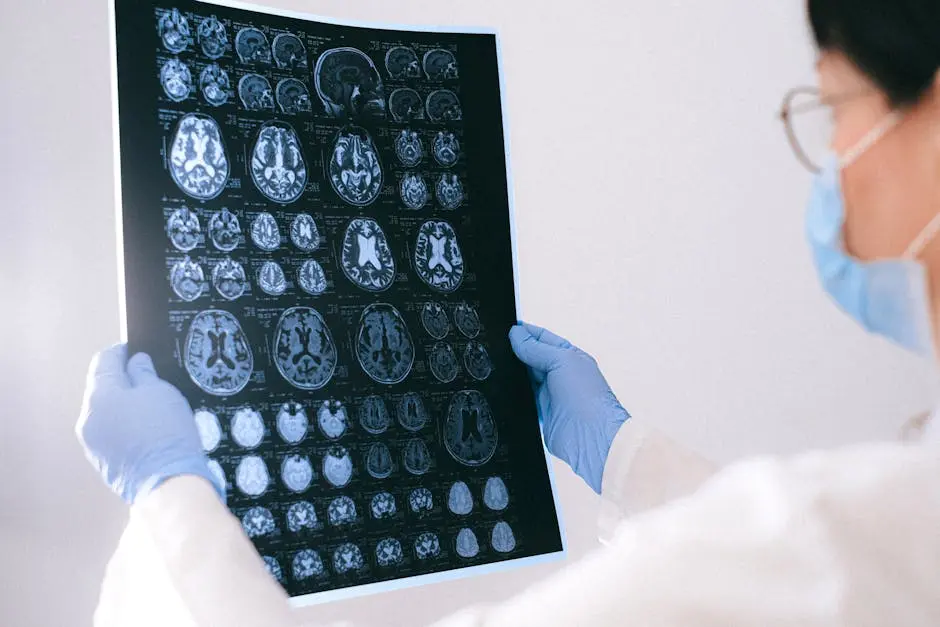Our Blog
How Endoscopy Treatment Plays a Role in Preventing Complications
January 11, 2025
Endoscopy treatment has become an essential tool in modern medicine, allowing doctors to visualize and treat conditions within the body without the need for invasive surgery. In this blog, we’ll explore how endoscopy not only aids in diagnosis but also plays a crucial role in preventing complications. Whether you’re curious about the procedure itself or its benefits, this guide will provide valuable insights in a friendly and easy-to-understand manner.
Understanding Endoscopy: A Brief Overview
To appreciate the role of endoscopy in preventing complications, it’s important to grasp what endoscopy is and how it works. This section will cover the basics, including the instruments used and the various types of endoscopic procedures available.
Endoscopy involves the use of a long, flexible tube called an endoscope, equipped with a light and camera. This allows doctors to visualize internal organs and structures in real-time. The best part? It’s done through small incisions or natural openings, which minimizes discomfort and recovery time for patients.
In addition to visualization, endoscopes can be equipped with various tools to take biopsies or even deliver treatment, making them incredibly versatile. From gastrointestinal procedures to bronchoscopies, endoscopy is paving the way for less invasive diagnostics and treatments across various specialties.
The Role of Endoscopy in Early Detection
One of the most significant benefits of endoscopy is its ability to detect issues early. By identifying potential problems before they escalate, healthcare providers can intervene and prevent complications from developing.
For instance, consider a patient experiencing chronic stomach pain. With an endoscopy, doctors can pinpoint the cause—whether it’s an ulcer, inflammation, or even precancerous changes—allowing for timely intervention. The advantage of this early detection can’t be overstated; it can be the difference between a simple outpatient procedure and a complex surgical intervention.
Furthermore, routine screenings using endoscopy can lead to identifying conditions at their most manageable stages. By facilitating early intervention, endoscopy reduces the likelihood of extensive medical procedures later, which is always a win for both physicians and patients.
How Endoscopy Assists in Treatment Planning
Endoscopy is not only a diagnostic tool; it also plays a crucial role in treatment planning. This section will discuss how findings from an endoscopy can guide medical professionals in selecting the most appropriate treatment options for their patients.
After insights are gained from an endoscopic procedure, doctors are better equipped to tailor treatment strategies specifically for the patient. For example, if a lesion is found during an endoscopy, immediate steps can be taken toward biopsy or removal, ensuring that treatment begins as soon as possible.
Moreover, the information gathered can lead to personalized medicine approaches. With the ability to visualize the problem directly, physicians can make decisions based on the actual condition rather than relying solely on imaging tests or patient history, leading to more effective care.
Minimally Invasive Approach: Benefits of Endoscopy
Compared to traditional surgical methods, endoscopy offers a minimally invasive alternative that often leads to quicker recovery times and fewer complications. We’ll take a closer look at these advantages and why they matter for patients.
For patients, this means less pain, minimal scarring, and often shorter hospital stays. The reduced risk associated with endoscopic procedures is a game-changer, as it means fewer complications related to longer surgeries and anesthesia.
Additionally, the quicker recovery time allows patients to return to their daily lives much sooner. Many endoscopic procedures can be performed on an outpatient basis, which is not only convenient but also reduces healthcare costs. In short, the benefits of this approach underline its growing demand and importance in modern medical practices.
Real-Life Success Stories: Endoscopy in Action
To illustrate the impact of endoscopy treatment, this section will share inspiring real-life stories of patients who benefited from the procedure. These accounts will bring to life the positive outcomes of this critical medical practice.
Take, for example, the story of Sarah, a 45-year-old woman who faced persistent digestive issues. After undergoing an endoscopy, her doctors discovered that she had a benign growth that, if left undetected, might have led to more severe complications. Fortunately, they were able to remove it during the same procedure, allowing her to recover quickly and return to her healthy lifestyle.
Another remarkable case is that of Tom, who initially resisted having an endoscopy due to fears of discomfort. After undergoing the procedure, he was pleasantly surprised at how quick and painless it was. The results led to an early diagnosis of a condition that, if left untreated, might have resulted in major health issues. His story is a testament to how overcoming initial fears can lead to significant health benefits.
Final Thoughts on Endoscopy Treatment
In summary, endoscopy treatment is a vital part of the medical landscape that can significantly reduce the risk of complications. By allowing for early diagnosis and targeted treatment, this minimally invasive approach nurtures better patient outcomes and peace of mind. As technology advances, the applications of endoscopy will likely continue to expand, highlighting its importance in preventative healthcare.
